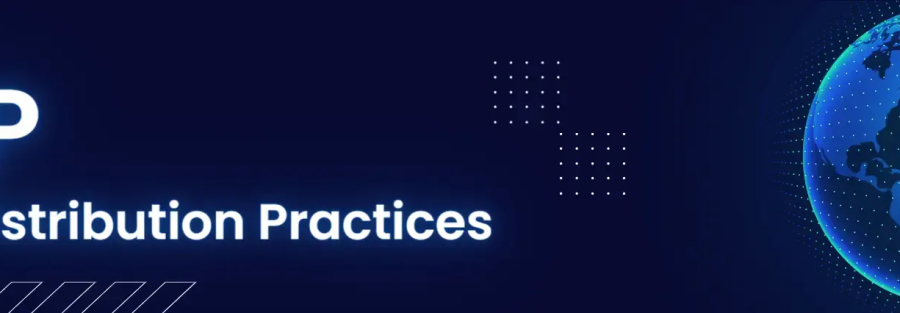Good Distribution Practices (GDP) are a set of quality management guidelines and standards that are primarily focused on the proper distribution and transportation of pharmaceutical products, including vaccines, drugs, and medical devices. While GDP does not specifically align with ISO 9001:2015, they can complement each other in certain aspects of quality management.
Here’s how GDP relates to ISO 9001:2015 requirements:
Quality Management System (QMS): ISO 9001:2015 requires organizations to establish, implement, and maintain a QMS that encompasses various processes. GDP, on the other hand, is specific to the distribution and transportation of pharmaceutical products. In an organization dealing with pharmaceuticals, these two systems can coexist, with the QMS (ISO 9001) covering broader quality aspects and GDP focusing on pharmaceutical-specific distribution requirements.
Customer Focus: Both ISO 9001:2015 and Good Distribution Practices emphasize the importance of meeting customer needs and ensuring product quality. ISO 9001 encourages organizations to understand customer requirements and enhance customer satisfaction, while GDP ensures the safe and secure distribution of pharmaceuticals to meet patient needs.
Document Control: ISO 9001 requires organizations to maintain proper document control to manage quality-related documents effectively. GDP also mandates documentation and record-keeping practices, especially in tracking the movement and handling of pharmaceutical products to ensure their integrity and safety.
Risk Management: Both ISO 9001:2015 and GDP stress the importance of risk management. While ISO 9001 broadly addresses risk-based thinking, GDP specifically considers risks associated with the distribution of pharmaceuticals, including temperature control, storage conditions, and transportation hazards.
Training and Competence: ISO 9001 requires organizations to ensure that employees are competent and adequately trained. In the context of Good Distribution Practices, personnel involved in the distribution of pharmaceuticals must be trained to handle products safely and maintain their quality during transportation and storage.
Corrective and Preventive Actions (CAPA): ISO 9001:2015 requires organizations to implement CAPA processes to address non-conformities and prevent their recurrence. GDP also requires corrective actions for deviations from distribution requirements to ensure product safety and quality.
Monitoring and Measurement: Both ISO 9001 and GDP emphasize the importance of monitoring and measuring processes and products. While ISO 9001 covers various quality metrics, GDP focuses on monitoring parameters like temperature, humidity, and storage conditions during transportation and storage.
Audits and Inspections: Both ISO 9001 and GDP encourage regular internal and external audits or inspections to verify compliance with established processes and standards. In the context of GDP, these audits may include assessing transportation providers, storage facilities, and distribution practices.
It’s essential to remember that GDP is a specialized standard primarily applied in the pharmaceutical industry to ensure the quality and safety of products during distribution. ISO 9001:2015, on the other hand, is a generic quality management standard applicable to a wide range of industries. Organizations in the pharmaceutical sector may choose to implement both ISO 9001 and GDP to address both general and pharmaceutical-specific quality management requirements effectively. However, they should ensure that the two systems are integrated and do not conflict with each other.

